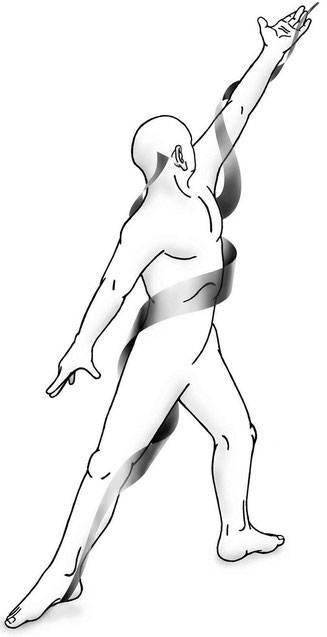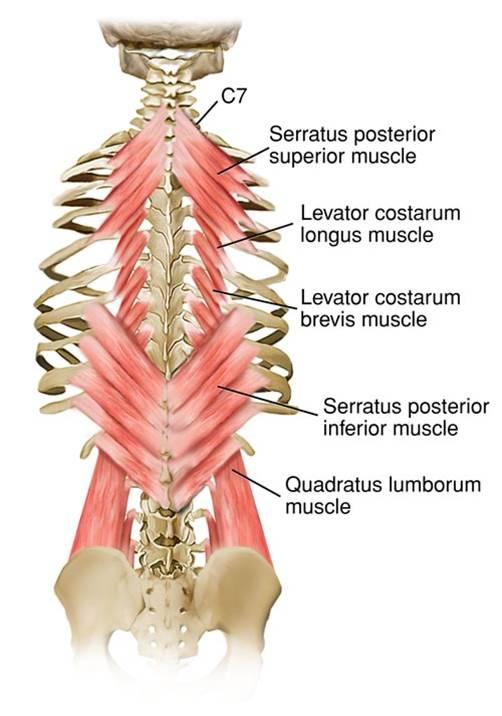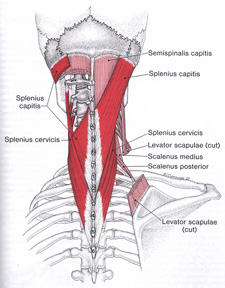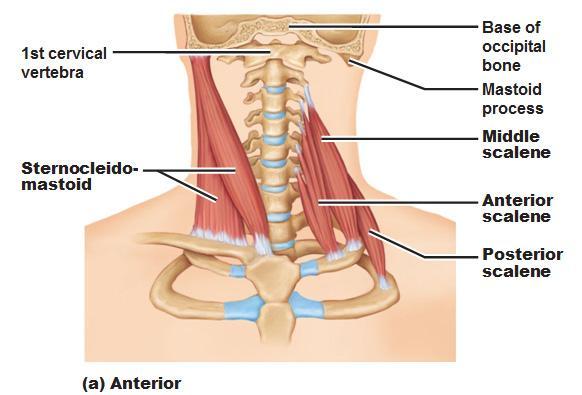
29 Feb Spiral anatomy and movement, continued.
In the previous post I wrote about the spiral anatomy of the heart and major blood vessels, and how a heightened awareness of our insides might lead to sensations of “spiralling energy” moving in the centre of the body. In another previous post I wrote about spiral movement in terms of the body’s innate ability to follow the eyes (nose/mouth) and rotate on three axes due to our fishy ancestry and our vestibular system. In the next couple I’m going to continue with the theme and describe some of the spiral anatomy of the muscular system, with some examples of some of my favourite movement disciplines which really demonstrate beautiful three-dimensional spiral movement.
The Feldenkrais method is awesome. A few years back when I was first getting into brain science, I read Moshe Feldenkrais’ classic book “Awareness Through Movement” and was instantly hooked. I found www.openATM.org and started doing “lessons” every day, at least one but when I could I’d do up to three, four or five per day, and after a few weeks of this I was permanently changed. Feldenkrais described his method as “learning how to learn” – it’s not learning how to move, it’s learning how to learn how to move!
Feldenkrais lessons generally involve lying on the ground and then either looking, reaching, or pressing on the ground with some part of the body, and feeling how this creates a kind of “chain reaction” or linked sequence of movement and engagement of muscles through the different segments of the body.
And as it turns out, pretty much any asymmetrical pressing or reaching movement of any part of the body produces rotation, and any rotation of any body part produces spiral or helical movement (technically, the term spiral is incorrect as it only refers to a two-dimensional shape, but for ease of communication I am using the terms “spiral” and “helix” interchangeably). We can only move like this because most of the muscles in our body are organised to have fibres aligned in diagonals, which spiral around the joints to wrap the torso and the limbs from top to bottom.
Firstly, the torso: If we start at the front, we find the internal and external abdominal obliques running on a diagonal across the centreline.
Between the individual ribs, the external and internal intercostals are aligned in the same way as the obliques:
And the external intercostals are aligned with the levatores costarum, which connect the ribs to the spine, the serratus posterior superior, which does the same, and also the quadratus lumborum muscle which connects the pelvis to the spine (and is aligned with the external abdominal obliques). The serratus posterior inferior muscle also connects the ribs to the spine, but is aligned on the opposite diagonal, in the same direction as the internal abdominal obliques and internal intercostals:
All of these diagonal fibres wrapping around the abdomen and ribcage on opposite diagonals then connect with the diagonal muscles of the spine:
And of course these spinal muscles have to connect all the way up to the head, wrapping around the neck all the way up to the jaw and the base of the skull. On the back:
And on the front:
Now unless you’re studying anatomy in order to pass an exam or you need to be able to communicate with physiotherapists or anatomists or some other professional, there’s really no need to remember all of those names. What I’m trying to get across here, which you can hopefully see from the pictures, is that all of these muscles are aligned on diagonals. When viewed in isolation or semi-isolation, as they are usually presented, they just look like diagonal muscles. But when you view them in series, you start to see that they are wrapping around the torso and spine in continuous spirals which cross the centerline on the front and back, thick sheets and ropes of muscle and connective tissue weaving a beautiful crossed double helix all the way from the pelvis to the head.
https://www.youtube.com/watch?v=VGmK5Zn9Au0
In workshops I often describe this to people as the “fish torso”, although our muscular system is actually quite different – fishes muscles are organised in sheets, rather than bundles – it helps to get across the idea of the torso being the major source of power in our bodies, like the torso of fish, which is almost entirely muscle.
The crossed double helix of muscles wrapping our spines and torsos is what allows us to flex, extend, and rotate, as they contract in different combinations, so we get much more out of our bodies than the simple side-to-side undulation of most fish. The other metaphor that I like to use for the flexible but (potentially) awesomely strong spiralling muscular torso-tube comes straight from the Chinese martial arts: the “dragon body”. Chinese dragons don’t usually have much in the way of limbs, so they are depicted “swimming” through the air like a snake, or an eel:
This spiral anatomy of the spine and torso is the source of our power and our agility, giving us the freedom to bend and twist and turn, to rotate around our central axis or around any point in space. It is what powers all of our locomotor patterns, everything from crawling to swimming, walking, running and climbing. It is also what gives us our stability, the ability to maintain an upright central axis, or to resist any forces which might bend or twist or turn us in some way that we don’t want.
The following clip is one of my favourite examples of three-dimensional power, agility and physical intelligence. Like the eels in the previous clip, these guys are all spinning and scrambling, blocking and resisting force and then disappearing to slip away and try to spin around behind, underneath, or over the top of their opponent. The snakey-fishy torso and neck power on display is just incredible:
In the next post I’ll describe how the crossed double helix pattern is also found in the muscles of the limbs, how these link with the muscles of the torso to form the whole-body spirals from head to tail and fingers to toes, and some more examples of activities which really use them well.










Pingback:Spiral anatomy continued (again) | Ancestral Movement
Posted at 17:55h, 19 March[…] ← Spiral anatomy and movement, continued. […]
Supriya Babbar Saxena
Posted at 04:01h, 30 MarchBeautifully written and intricately woven.